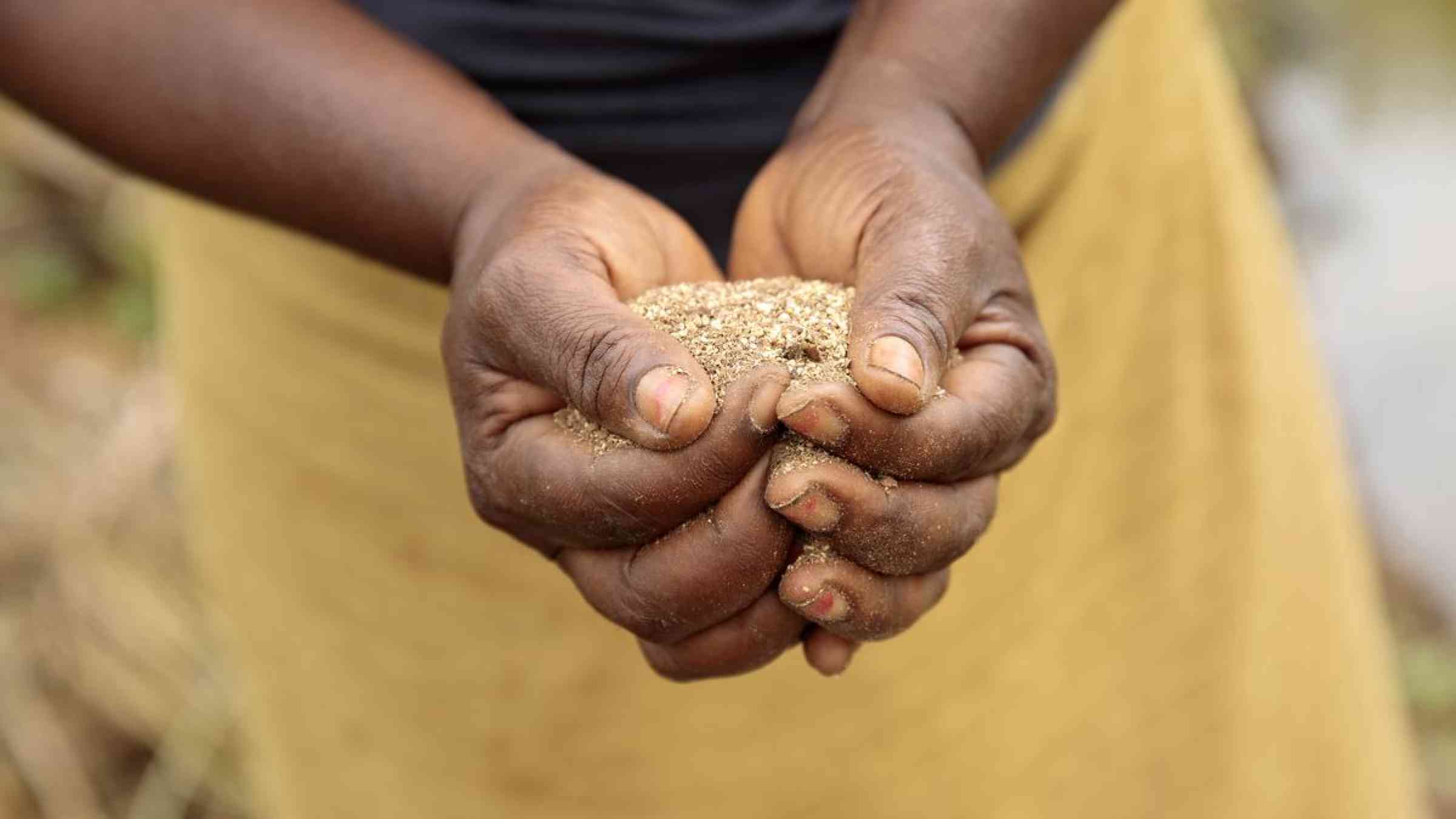When women’s perspectives are ignored, it’s a recipe for climate disaster

Preparedness is the key to protecting communities from the impact of climate hazards - but in the planning stage, the unique experiences of women and girls are often overlooked. Ahead of International Women's Day, Plan International's Daniela Donia and Manuel von der Muehlen explain how the Alliance's work in the Philippines offers a more equitable and inclusive - and therefore more effective - approach to climate resilience.
Data is key to climate resilience
As rapidly-expanding, low-lying coastal cities featuring large informal settlements, Manila and Navatos in the Philippines are both highly vulnerable to the impacts of floods, tropical storms and typhoons - and like many other places around the world, these climate hazards affect different groups in different ways.
Understanding this holds the answer to building safer, more resilient communities for everyone, which is why capturing accurate and informative data has never been more important. When done correctly, the specific experiences and perspectives of women can play a vital role in determining effective ways to build resilience to hazards before they happen.
Amplifying women's voices
For more than a decade, the Zurich Climate Resilience Alliance has partnered with communities in the capturing of data that can be used to evaluate and measure existing levels of resilience to floods and other climate hazards. It's a process that we're always trying to improve, which includes finding better ways to record data specifically with regards to Gender Equality and Social Inclusion (GESI).
In collaboration with IIASA, a fellow member of the Alliance, Plan International ran a trial in the Philippines to incorporate additional questions (known as "inclusive indicators") that seek to identify issues specific to women and other marginalized groups, in relation to flood resilience.
Across the Alliance's work we've observed the importance of access to finance in the aftermath of a climate-related hazard event. Therefore, some of our questions were designed to determine what percentage of women in the communities had access to savings, in addition to having control over how the money is spent. Others sought perspectives on family-based violence in an emergency - something that has a disproportionate impact on the well-being of women and girls.
After speaking to the communities, we found that in both Manila and Navotas, the proportion of women with control of their finances was lower than that of men - and although some training had been given, no specific plans existed for mediating conflicts during the post-hazard period.
The inclusive indicators had therefore identified tangible actions to reduce additional risks to women that could be implemented before the next disaster, such as increasing women's control of finances through community saving groups, providing safe spaces (including separate rooms for women and children in evacuation shelters), and training emergency responders on family violence prevention and referral to support services, such as medical care and counselling.
Beyond gender, and the route to resilience
While capturing the unique perspective of women is vital, it must be done as part of an intersectional approach. Many of the inclusive indicators were therefore specific to children and young people (a group commonly left out when planning for hazards) and those with disabilities (who may face particular challenges during the evacuation stage, such as accessing safe areas).
Once the inclusive indicators had captured all of these viewpoints, our measured levels of resilience for the communities in Manila and Navotas dropped. While further study is needed, this suggests that the use of these additional questions more accurately captured the differential experience of specific vulnerable and marginalized groups, influencing the overall picture of resilience from which next steps can be determined.
Learnings must become action
Capturing better data is just the first part of the process; the findings must then be acted upon in order to improve the lives of those affected by climate hazards. Communities must also receive the knowledge, resources and support necessary to deliver lasting change.
In Manila and Navotas, we've seen that inclusive indicators have an important role to play in bringing often-ignored voices to the fore, which is invaluable to any effort to build resilience. It's promising to note that Plan's other Alliance teams in countries such as Vietnam and Nigeria are keen to implement them into their upcoming assessments, and there is interest among some of our Alliance partner organizations too.
Much more work on this is needed, of course. If barriers to resilience are to be overcome, they must first be identified. Incorporating women's unique perspectives, as well as those of other at-risk groups in every community, must become the norm.